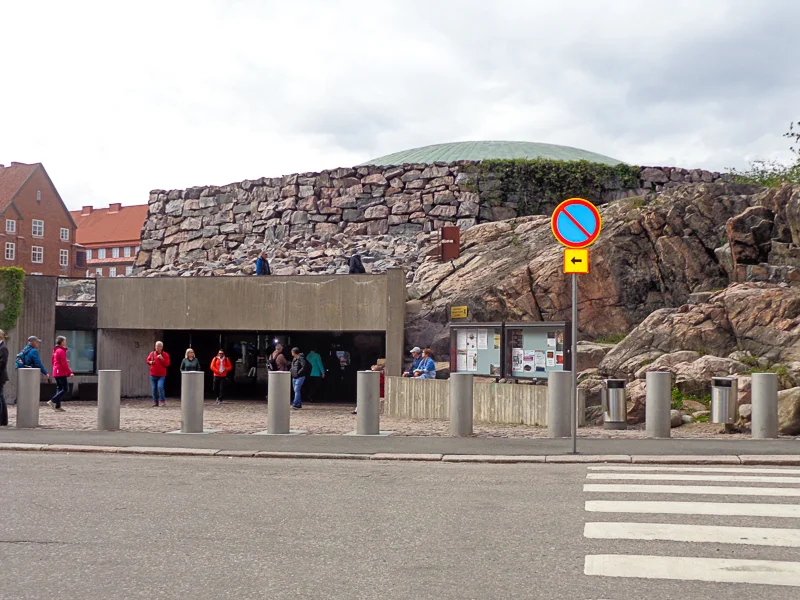Sami Reindeer Farm
The Sami people are an indigenous people that have inhabited this area of Finland and some surrounding parts of Sweden, Norway, and Russia for thousands of years. Historically, in English, they were known as Lapps or Laplanders but today those terms can be considered derogatory. The Sami have their own language and I think three different Sami dialects. Sami were probably nomadic or at least semi-nomadic and their territory moved over time. They have fished, fur trapped, herded sheep, and other things. But the best known means of Sami livelihood has been reindeer herding. Today, perhaps 10% of Sami people are connected to reindeer herding, providing them with meat, fur, and transportation. In some sections of the Nordic countries today, reindeer herding is legally reserved for only Sami people. We visited the Inari Reindeer Farm in the Inari village which is the center of Sami culture.
You can see Vicky getting up close and personal with a few of the reindeer in the first photo. Nothing like some food to make animal friends. The reindeer were very tame.
The man of the family is in the second photo, in native Sami dress including the hat. He told us that he has 100 reindeer, 70 for food and 30 for pulling winter sleds. Amongst other things, he told us that 15% of the reindeer get killed by vehicles every year on the roadways. We saw lots of reindeer on or near the roads on our travels in northern Finland.
The reindeer guy told us that reindeer love to forage for lichens, mushrooms and other things on the forest floor but he said that they also feed them Purina Reindeer Chow, which you can see in the third photo.
As it was cool, the Sami family invited us into a visitor’s hut for some hot tea. You can see his wife, also in native dress, in the fourth photo serving our group some tea.
There is always a gift shop at the end of every stop on our tours, or at least it seems that way. In the case of this Sami family, they can’t earn a living from raising reindeer alone. They also make handicrafts, tan hides, do tourist stops, the husband is a photographer, and they do other things to make ends meet.









































































































